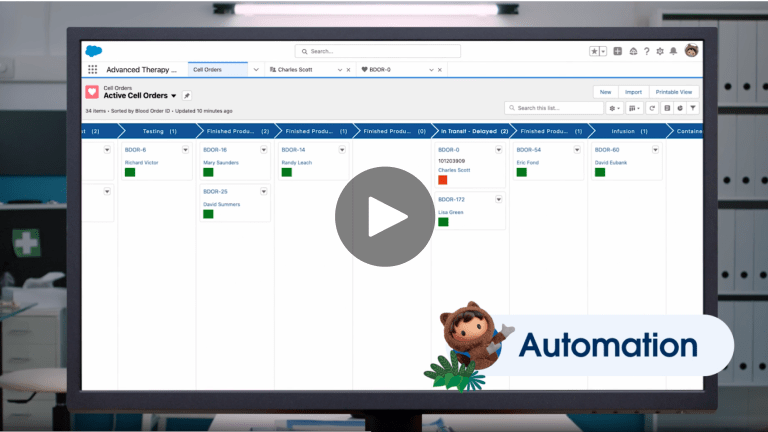How unifying data and connecting systems drives business success in pharma
Life sciences platforms can increase productivity and reduce costs
Pharmaceutical companies are facing increased pressure to do more with less. This is pushing many of them to look toward digital solutions to help unlock operational efficiencies, streamline processes, and reduce costs. These solutions enable pharma companies to achieve business success while still keeping the patient top-of-mind. In fact, unifying data and connecting systems betters the patient experience. It makes it possible for pharmaceutical companies to grant easier access to their products, promote therapy adherence, and foster collaboration across care teams. The end result? Improved overall health outcomes and a more efficient business operation.
Read the guide to learn how an integrated healthcare and life sciences platform can deliver value for your organization.

Chapter one: Unify data to uncover efficiencies, reduce costs, and drive engagement.
Patients should be the focus for every pharmaceutical organization. A patient-centric approach combined with comprehensive, coordinated care is the key to better patient outcomes. This requires that organizations find a way to tailor patient journeys and foster cross-team collaboration without sacrificing business success. Cloud-based technology can help. With the right tools, pharma companies can deliver personalized care both efficiently and effectively.
An integrated life sciences platform is one such tool. It breaks down silos by unifying data across all parties, making it easy for everyone to communicate quickly and efficiently. It brings pharma companies closer to providers and patients, which spurs increased awareness about available therapies and promotes adherence through ongoing education and support programs. This is incredibly valuable considering adherence is still a half a trillion dollar problem in the US.

Uniting data in one central location also makes it possible for organizations to better understand patients. Because information is captured and documented across care teams, it’s easy to tap into things like a patient's preferred communication channel and/or potential barriers to care. This allows pharma companies to be personal, proactive, and precise in their communications and marketing efforts. Remaining close to patients throughout their health journey also has the potential to provide insight into how treatments and medications work in the real world. Organizations can then use this valuable real world data for R&D purposes to continually refine treatment regimens.
Ultimately, modernizing systems gives pharmaceutical companies a 360-degree view into the entirety of a patient's journey in real-time. It captures all pertinent information up front, which minimizes errors and ensures there are no surprises. This allows pharma companies to better understand patients, help solve any treatment issues, and spot problem areas before they have the potential to translate into lost time and money.
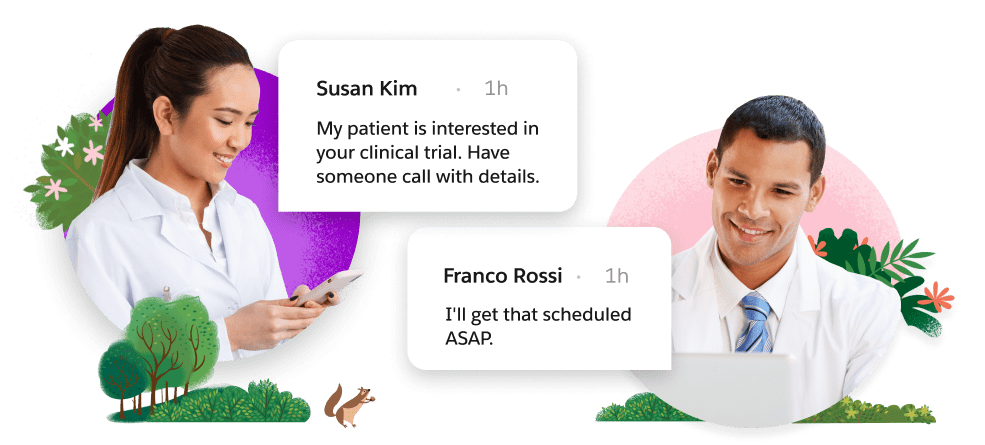
Chapter two: Drive better collaboration across care teams
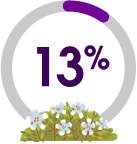
Only 13% of pharmaceutical companies provide information about clinical trial opportunities or enrollment.
Addressing industry specific needs and circumstances
Greater transparency and collaboration are especially important when it comes to clinical trials and advanced therapy management. Connecting trial teams, providers, patients, and clinical data on a compliant digital platform can power more successful trials by helping pharma companies bring greater (and more frequent) awareness of available therapies to providers. In turn, pharma companies benefit from easier patient recruitment and retention, and a more streamlined, complete view of the trial.
Developing and delivering cutting-edge cell and gene therapies requires an immense amount of cross-team collaboration. An integrated life sciences platform ensures the best possible outcomes by providing a secure way to automate therapy coordination, connect teams around the patient, and streamline the regenerative therapy lifecycle, at scale. This allows them to coordinate and schedule multiple appointments at the same time, ensure safety and compliance, and proactively identify bottlenecks so that they can be addressed in real time.
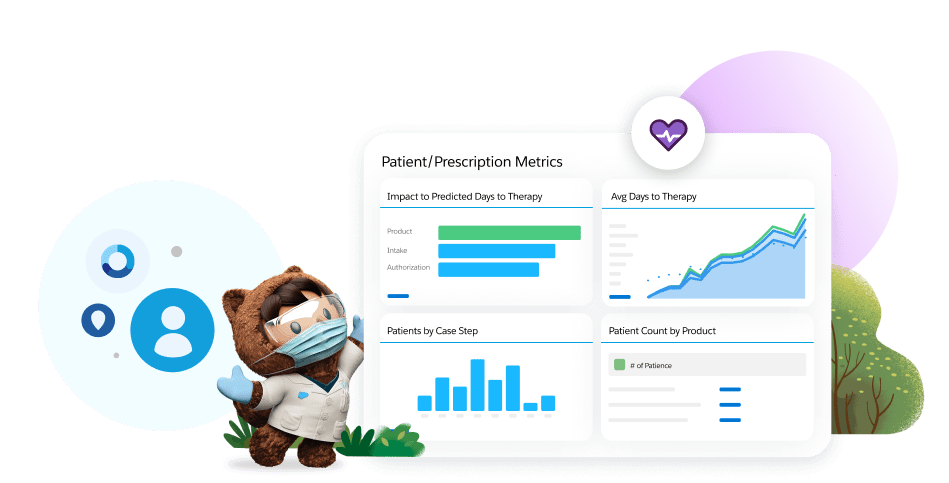
Chapter three: Connect the data dots

at least 53% of healthcare consumers are willing to provide more data
Data unification gives pharmaceutical organizations the ability to make the most out of the information they already possess. Taking this step allows organizations to synthesize data more easily and provides an opportunity to get the most out of that data much faster by overlaying automation and AI.
Automation and AI capabilities provide insights, analyses, and guidance on next steps. Pharmaceutical companies can use this information to understand whether or not certain actions or processes affect patient attrition, identify and proactively solve for barriers to care, and gain insight into what types of messaging and communication resonates most with both patients and providers. This type of information can also be used to boost productivity and operational efficiencies. Companies can track and analyze sales rep visits, service center operations, and even patient and provider responsiveness. They can then use what they learn to refine things like sales pitches, call center scripts, tutorials and training.
The path to success is a connected one
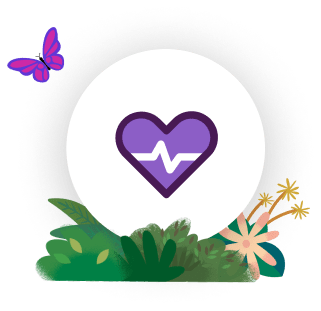
See how Salesforce is helping pharmaceutical companies increase productivity, reduce costs, and improve the patient experience.

Article
Increase productivity and boost your bottom line.

Whitepaper
Improve your patient services program.
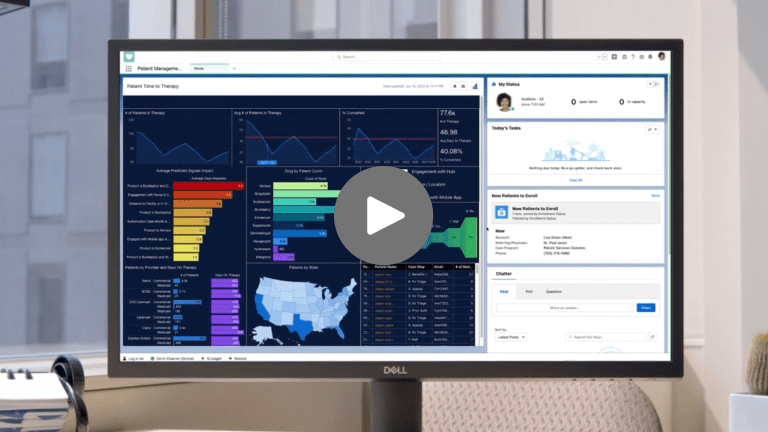
Demo
Enhance Patient Services
More Resources

Connected Health Consumer Report, 2nd Edition
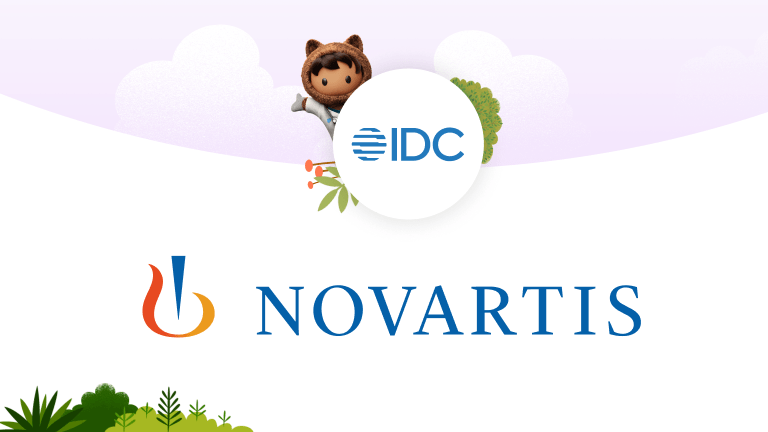
How did Novartis boost patient engagement?
